Meet the Pollinators



What is pollination and WHY is pollination so important?
Pollination is plant reproduction. Pollination is the transfer of a “male” pollen grain to a “female” flower part to allow reproduction to occur. Reproduction, of course, is required for the continuation of a species. While some plants are able to pollinate themselves without the help of an animal (e.g., wind pollination), science tells us that an incredible amount of plants require pollination by an animal (like a bee or other pollinator species). The number of plants that require an “animal source” is greater than 85% of all plant species on Earth. Imagine what our grocery store shelves would look like if there were no pollinators?




“Animal sources” of pollination include some birds, like hummingbirds. Also, some bats, like the flying fox fruit bats of the tropics. But did you know that even some mammals and reptiles also act as pollinators? Of course, the majority of pollinators are insects. Insect pollinators include bees, butterflies, beetles, ants, wasps, flies, and even the male mosquito.



